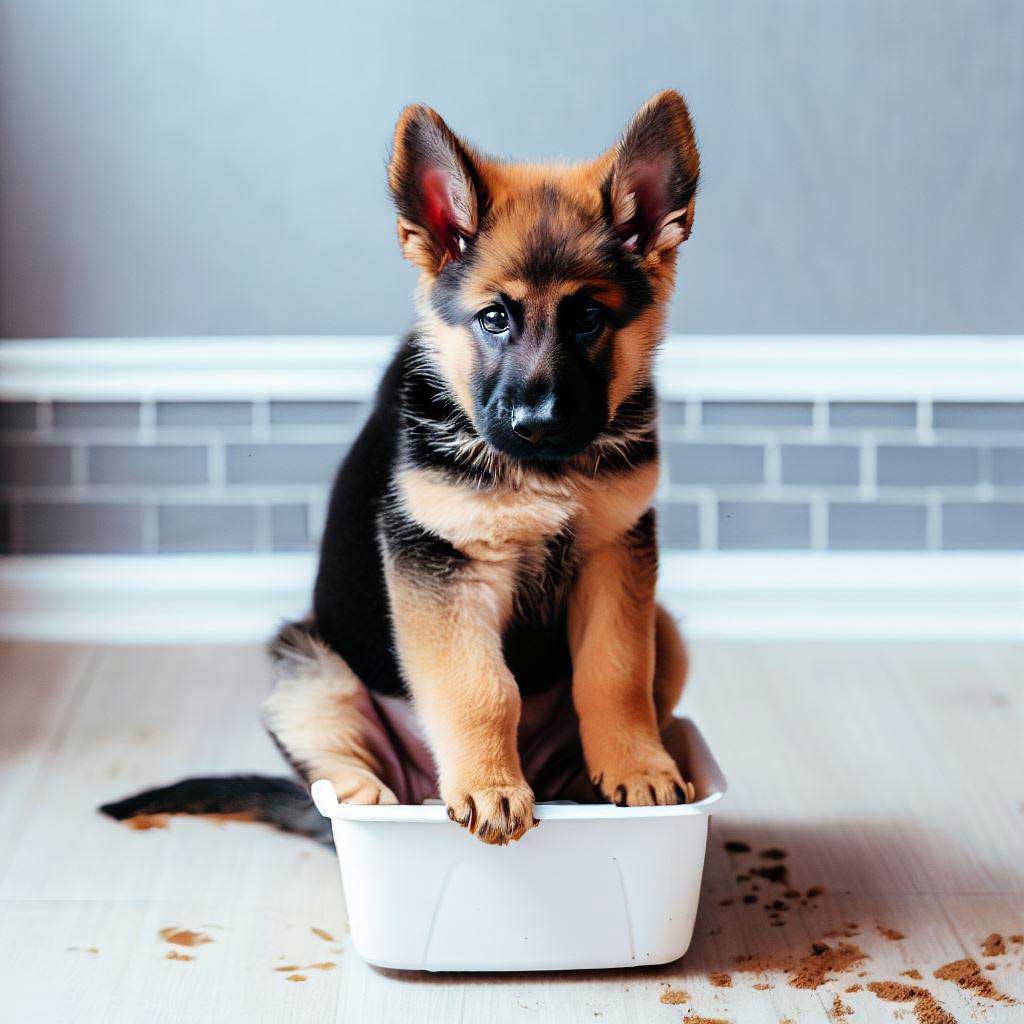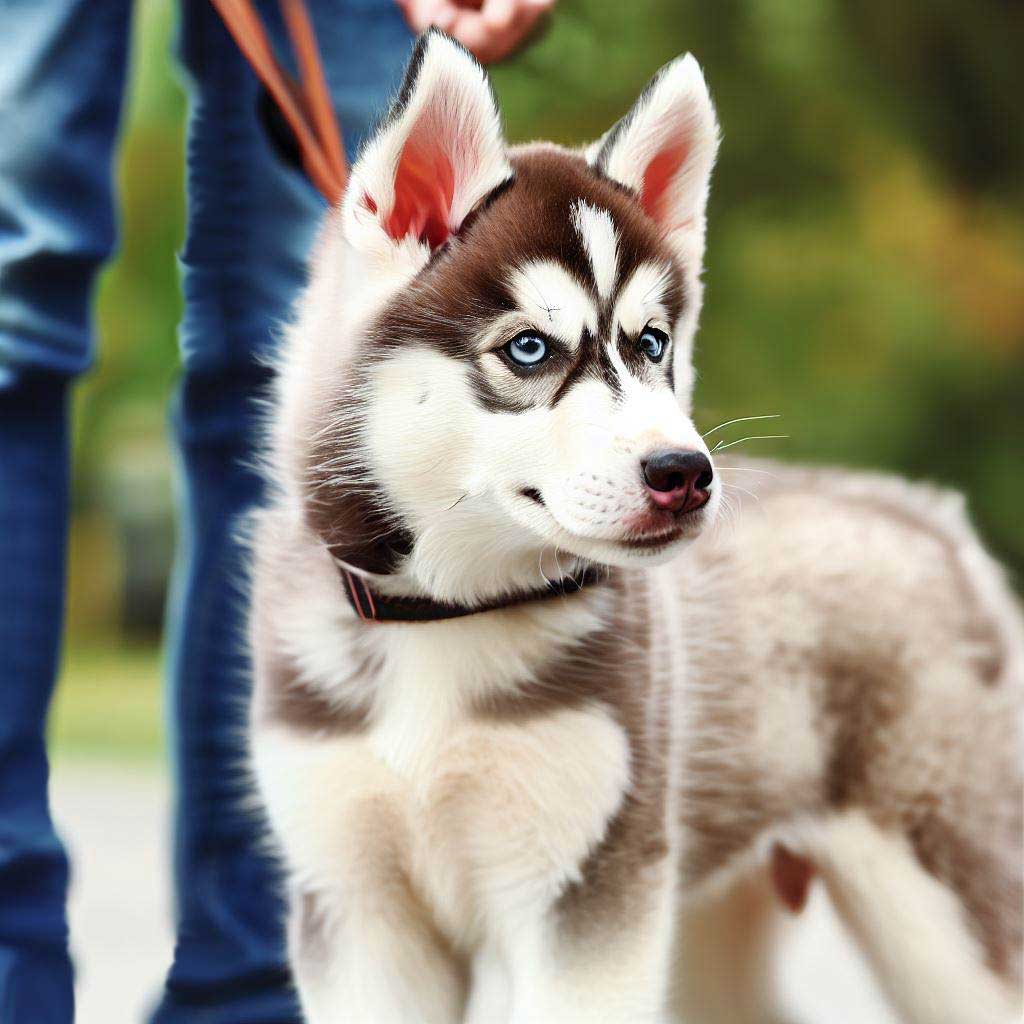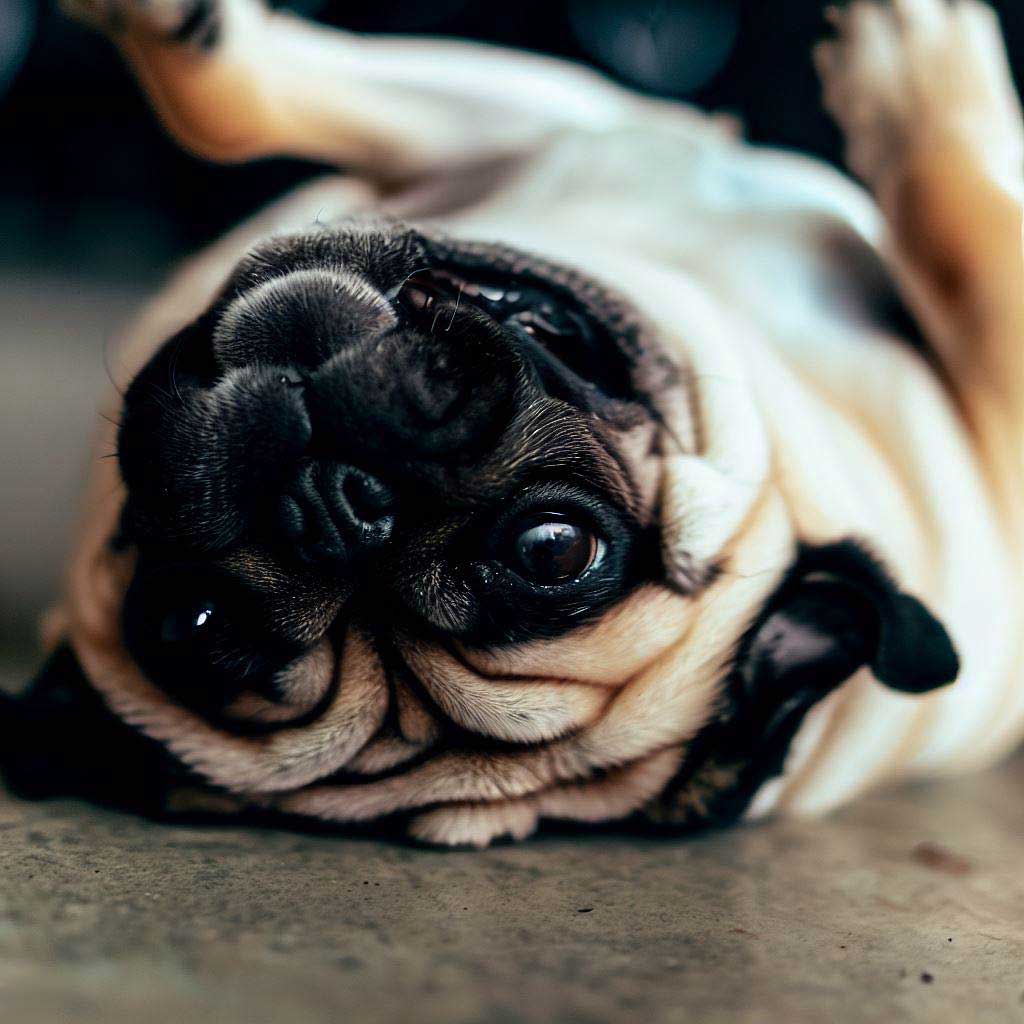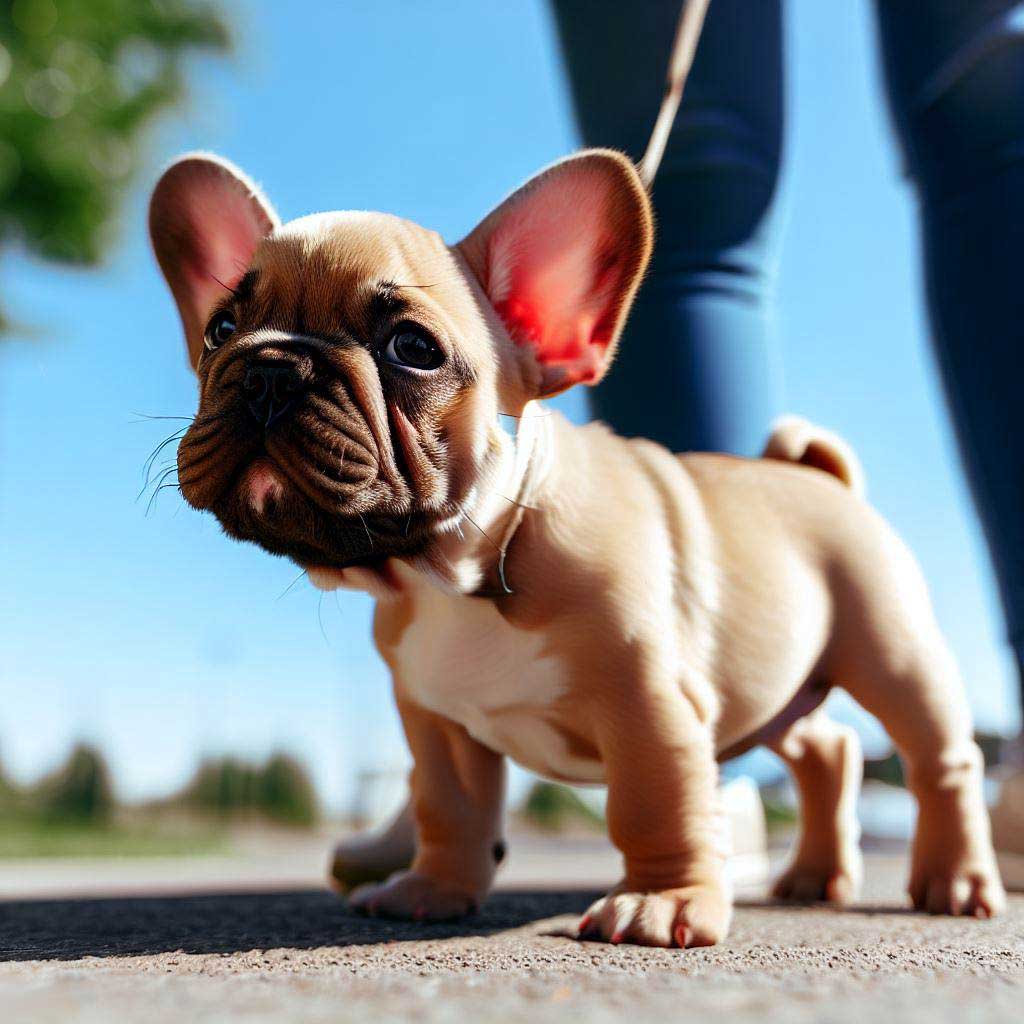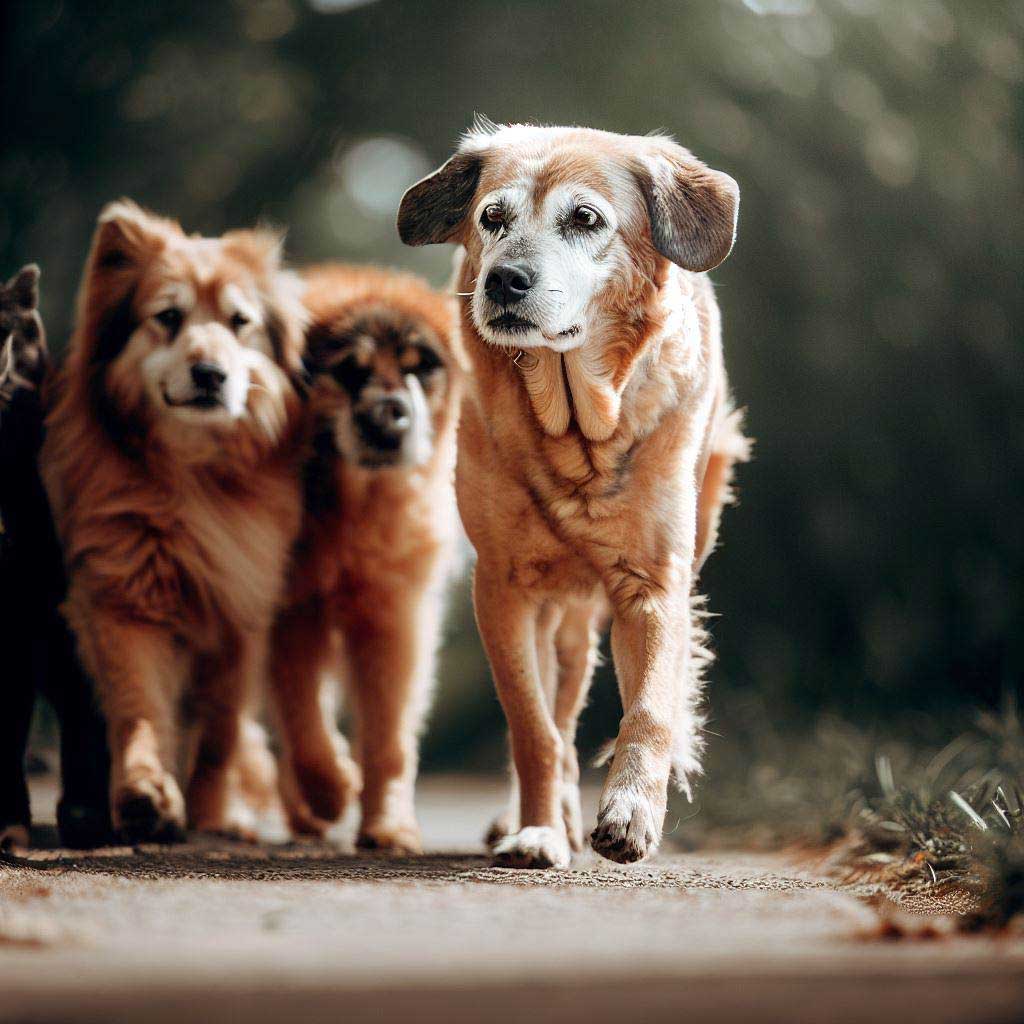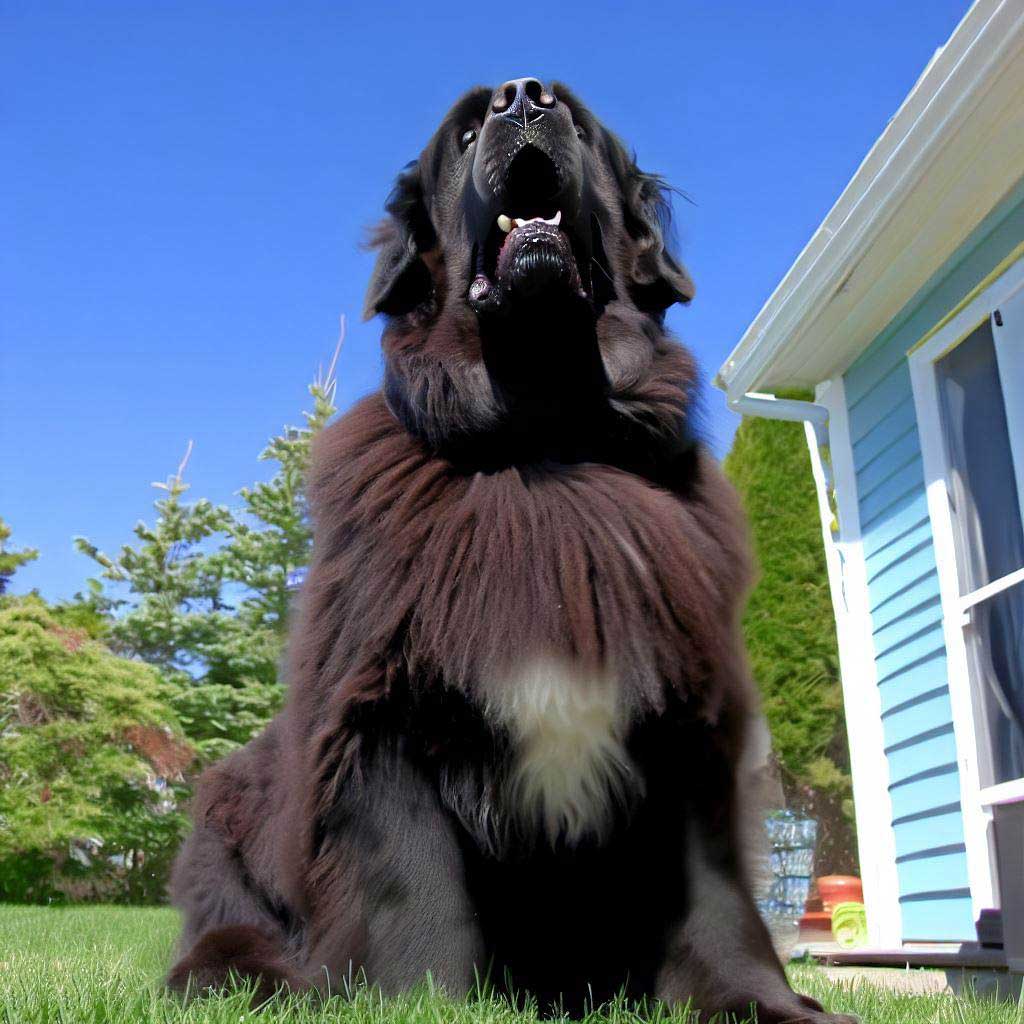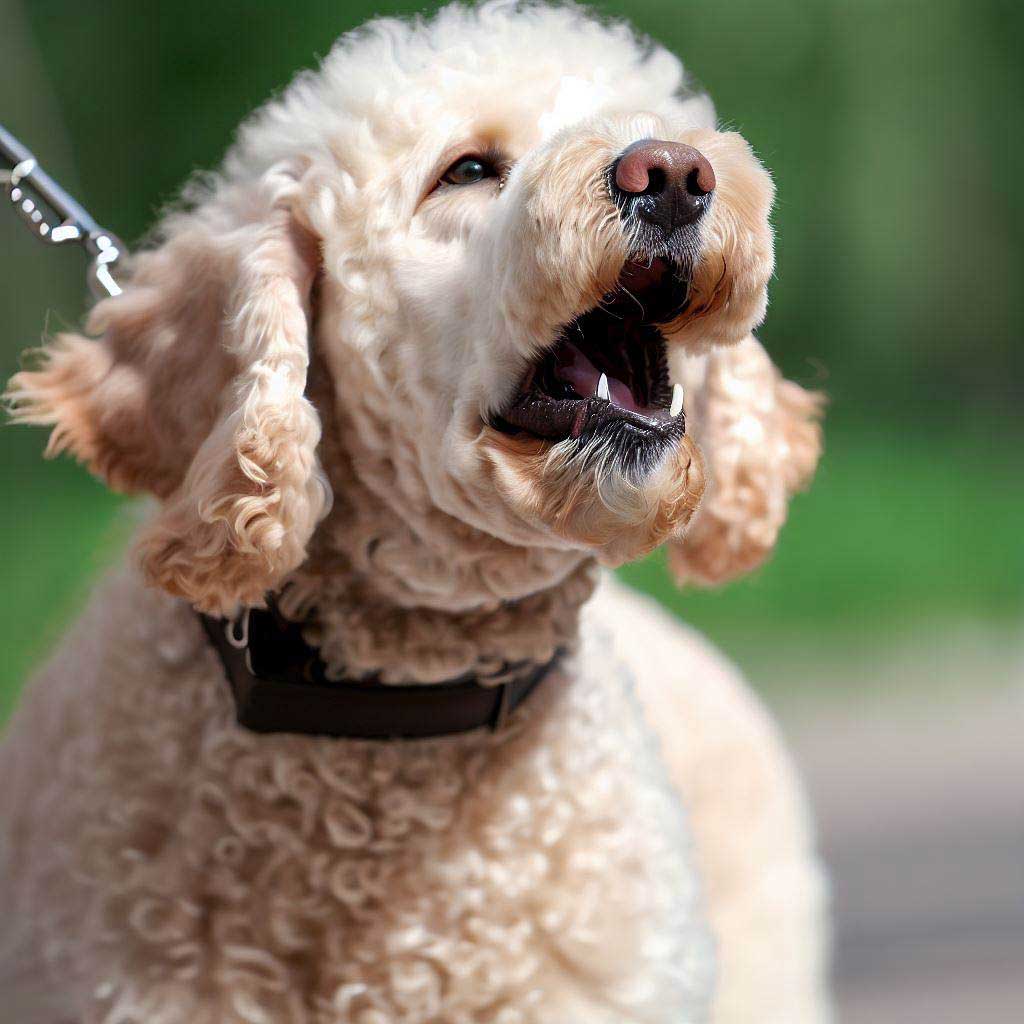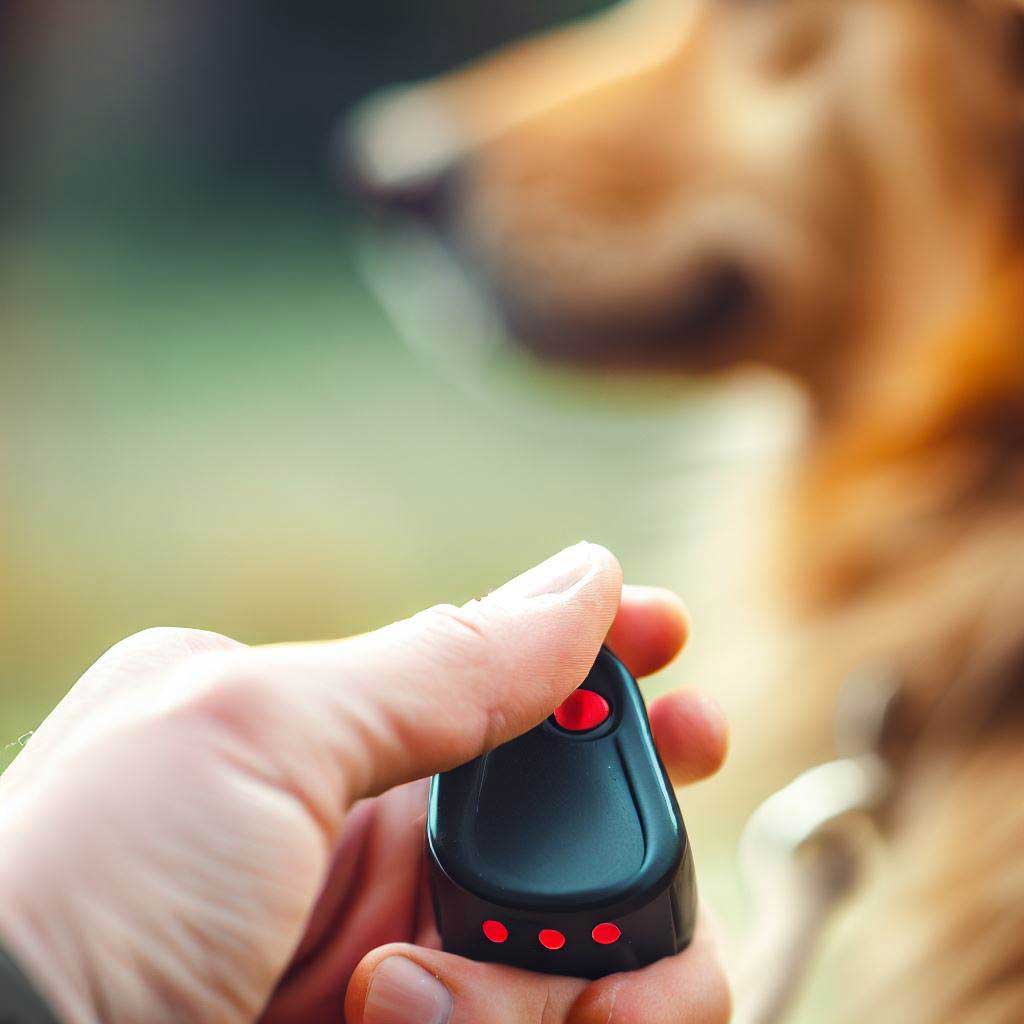Table of Contents
ToggleGet Your Pup Crate-Trained in No Time!
Wondering how to crate train a puppy? You’ve just hit the jackpot for quick, easy-to-digest, and effective advice. Let’s dive in!
Why Crate Training?
You may be curious. Why even bother with crate training? Well, crates create a safe haven for your pup and set the foundation for important training. A well-crate-trained puppy is less likely to run amok, gnaw on your valuables, or develop separation anxiety.
- Safety: A crate is a secure space for your puppy.
- Training: Easier housebreaking and obedience training.
- Anxiety: Reduces stress for the pup and for you!
And hey, if you’re looking for a deep dive into dog training techniques, check out our article “Best Online Dog Training Courses: Any Dog Will Love.”
Before You Start: Pick the Right Crate
Before we dig into how to crate train a puppy, you need to get your hands on a crate that fits your dog’s size and needs. Size it so your pup can stand, turn around, and lie down—no bigger, no smaller.
- Material: Choose between plastic, metal, or fabric.
- Size: Small for small breeds, larger for bigger dogs.
- Comfort: Soft bedding to make it inviting.
Step 1: Introduce the Crate
Don’t just shove your pup into a crate and expect magic. You’ll need to introduce the crate slowly. Place treats or toys inside to create a positive association. Keep the door open and let your pup explore. Make it an inviting experience. You can even feed them near the crate to make it seem like a happy place.
Step 2: Lengthen Crate Time
After the pup is comfortable going in and out, start closing the door. Begin with just a few minutes. Gradually extend the time. Use treats as rewards for good behavior and quiet time in the crate.
Step 3: Leave the Room
The ultimate goal is to have your puppy comfortable in the crate even when you’re not there. Start leaving the room for short periods while your puppy is crated. Again, this is about gradual progress—don’t start with a two-hour shopping trip.
Step 4: Overnight Crate Training
The last step? Night-time crating. Start by crating your puppy for part of the night, then slowly extend it to a full night. If they cry, wait until they’ve quieted down before you let them out. Otherwise, they’ll think crying equals freedom.
Things to Avoid
While learning how to crate train a puppy, it’s important to know what not to do.
- Don’t Use as Punishment: A crate is a safe space, not a prison.
- No Long Confinement: Puppies need exercise and interaction.
- Be Patient: Whining will happen; consistency is key.
Further Learning
Still thirsty for more training tips? Online dog training courses are your next best stop. They offer comprehensive lessons you can follow at your own pace, and our guide to the “Best Online Dog Training Courses: Any Dog Will Love” breaks down the top online choices for you that can help your potty training goals.
Conclusion
There you have it! Quick and easy steps on how to crate train a puppy. The formula is simple: patience, gradual increases in time, positive reinforcement, and choosing the right crate. Follow these steps, and you’ll have a crate-trained puppy sooner than you think.
For more puppy detailed training information have a read of our article called How to Train a Puppy – highlighting 10 Puppy Training Tips that work.
Another great puppy potty training resource that will help is our feature titled How to Potty Train a Stubborn Puppy. Enjoy!
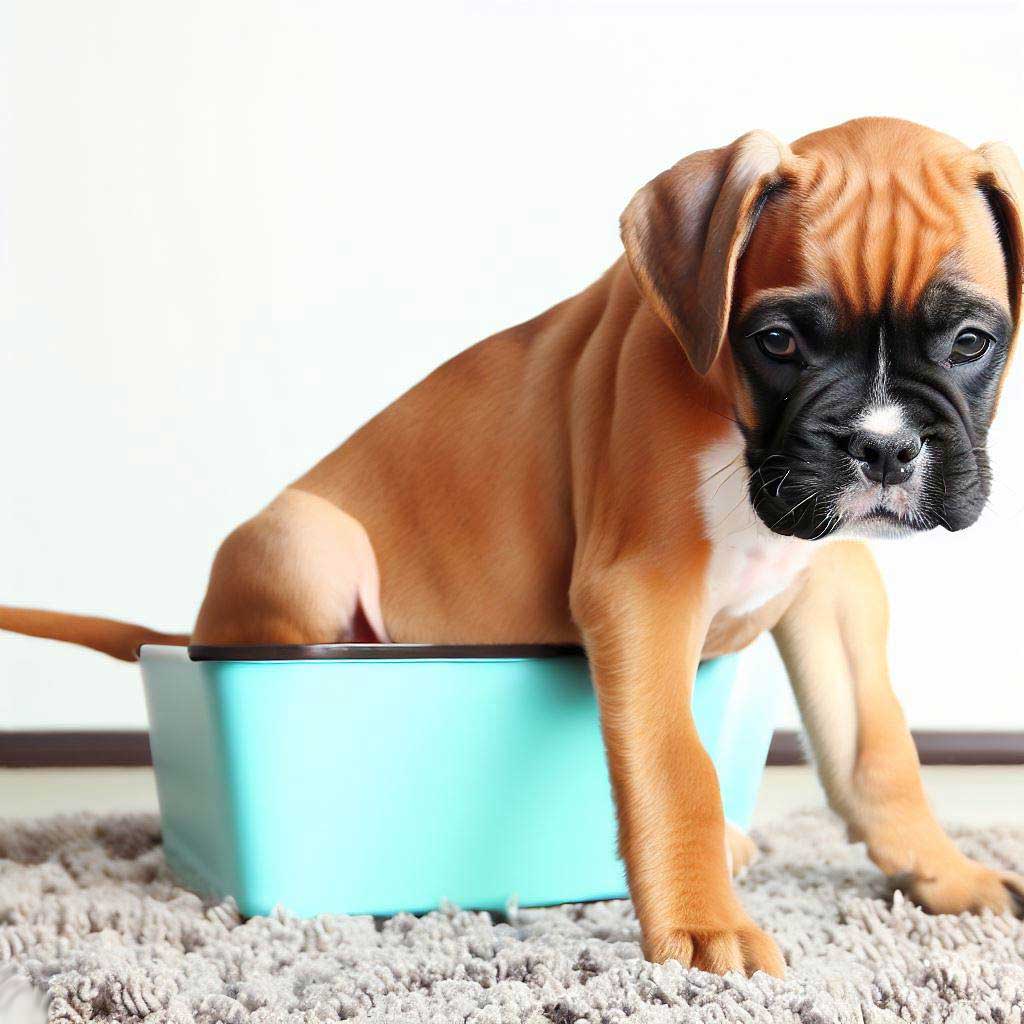
Frequently Asked Questions: How To Crate Train A Puppy
Is it OK to let a puppy cry in crate at night?
It’s generally acceptable for a puppy to cry briefly in the crate as they adjust to being separated. However, extended crying could indicate anxiety or discomfort. Investigate and make any necessary adjustments.
How early should you crate train a puppy?
The earlier, the better! Puppies as young as 8 weeks old can start crate training. This is a crucial developmental period for establishing routines.
How do I get my puppy to stop crying in his crate?
First, ensure all their basic needs are met—food, water, and bathroom. If they continue crying, use positive reinforcement to reward quiet behavior. Ignoring persistent whining can often be effective, as it teaches your puppy that crying won’t result in extra attention.
Should I put my 8-week-old puppy in a crate at night?
Yes, crating your 8-week-old puppy at night can help establish a sleep routine and make housetraining easier. Make sure the crate is comfortable and placed in a quiet area to encourage sleep.
Does putting a blanket over a dog crate help?
Covering the crate can create a cozy, den-like atmosphere that may soothe some dogs. However, not all dogs react the same way. Observe your puppy’s reaction to decide whether this works for you.
How long is it OK to let a puppy cry in the crate?
A few minutes of crying is usually fine, but longer periods of distress could indicate a problem. If your puppy cries continuously for over 10 minutes, it may be worth checking on them to identify any issues.
Where should a puppy sleep the first night?
The first night is crucial for establishing routines. A crate or small enclosed area near your bedroom can offer a sense of security while maintaining boundaries.
Should a puppy crate be in your bedroom?
There are pros and cons. Keeping the crate in your bedroom can offer comfort and make nighttime bathroom breaks easier. However, it might also encourage dependency. Evaluate based on your puppy’s needs.
Should I sleep next to my puppy’s crate?
Sleeping next to the crate initially can help ease your puppy’s anxiety. As they become more comfortable, gradually move the crate to its permanent location.
How long can an 8-week-old puppy be crated?
At 8 weeks, a puppy should not be crated for more than one hour. Puppies need frequent bathroom breaks and social interactions to ensure proper development.
How do you discipline a puppy who’s biting?
Use positive reinforcement to encourage good behavior and “time-outs” to discourage biting. Offer appropriate chew toys as an alternative to human skin.
Can you leave an 8-week-old puppy alone in the crate?
Brief periods alone (up to an hour) are generally fine for 8-week-old puppies but longer durations could cause distress and hinder social development.
